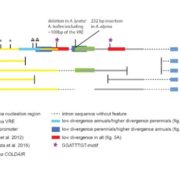
Divergence of annuality and perenniality in Brassicaceae and contribution of FLC variation ($)
Plant Science Research Weekly, Research0 Comments
/
FLOWERING LOCUS C (FLC) is a flowering repressor that is highly conserved in the Brassicaceae family. This family contains species that show an annual life history (plants that flower and senesce, giving one generation per year), as well as perennials (plants that flower several times in their life cycle…

Regulation of gravitropic set point angle
Plant Science Research Weekly, ResearchOne parameter that defines a plant’s architecture is the angle at which its branches and lateral roots lie with respect to gravity, known as the gravitropic set point angle (GSA). Like all aspects of plant architecture, GSA is a highly plastic trait that is sensitive to light and nutrient availability.…
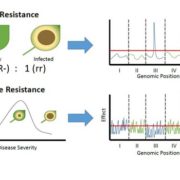
Review: Quantitative resistance: More than just perception of a pathogen
Plant Science Research Weekly, ResearchSome forms of pathogen resistance function like an on/off switch: if a plant has an appropriate receptor it recognizes a pathogen and shows resistance. Corwin and Kliebenstein review the other kind of resistance, quantitative resistance, in which many genes make small contributions to the plant’s resistance.…
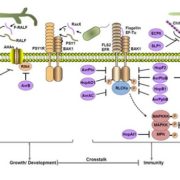
Review: Receptor kinases in plant pathogen interactions: More than pattern recognition
Plant Science Research Weekly, ResearchZhou et al. review the contributions of Receptor-Like Kinases (RLKs) and Receptor-Like Proteins (RLPs) as Pattern Recognition Receptors (PRRs) that contribute to the recognition of pathogens, as well as the contributions of receptor-like cytoplasmic kinases (RLCKs). The authors summarize recent studies…
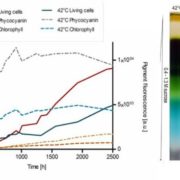
Temperature induced remodeling of the photosynthetic machinery tunes photosynthesis in a thermophyllic red alga
Plant Science Research Weekly, ResearchThe red alga Cyanidioschyzon merolae is notable for several reasons: it is an early-branching red alga, it has one of the smallest genomes and simplest cellular structures of photosynthetic eukaryotes, and its photosynthetic machinery is intermediate between cyanobacteria and green algae. Furthermore,…
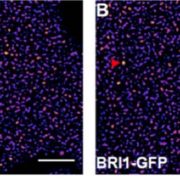
Plant immune and growth receptors share common signaling components but localize to distinct plasma membrane nanodomains
Plant Science Research Weekly, ResearchSignal transduction in plant and animal cells is often initiated at the plasma membrane (PM) and involves common signaling components, raising the question of how receptor complexes elicit distinct signaling outputs. To address this question, Bücherl et al. investigated physical characteristics of the…
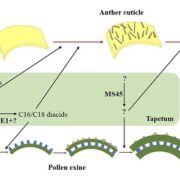
IRREGULAR POLLEN EXINE1 Is a novel factor in anther cuticle and pollen exine formation
Plant Science Research Weekly, ResearchChen et al. identified a novel male-sterile Zea mays mutant, named ipe1. Mutant pollen grains show defective development of the tapetum and pollen exine (outer surface), causing microspore abortion. In addition, ipe1 anthers are smooth instead of reticulate, suggesting defects in anther cuticle formation. …
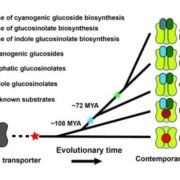
Origin and evolution of transporter substrate specificity within the NPF family
Plant Science Research Weekly, ResearchWhich arose first during evolution- a metabolite molecule or a transporter that could move it across a membrane? Jørgensen et al. studied transporters for glucosinolate defense molecules in Brassicales species. Glucosinolates are derived from the broad class of cyanogenic glucosides, and glucosinolates…
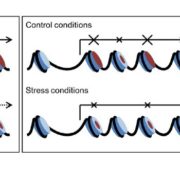
Dual role of the histone variant H2A.Z in regulation of stress-response genes
Plant Science Research Weekly, ResearchHistones are protein complexes around which genomic DNA is wrapped; post-translational modifications to histone proteins and alterations of histone protein composition affect transcription. H2A.Z is a widely conserved variant form of histone H2A that has been implicated in various forms of transcriptional…

